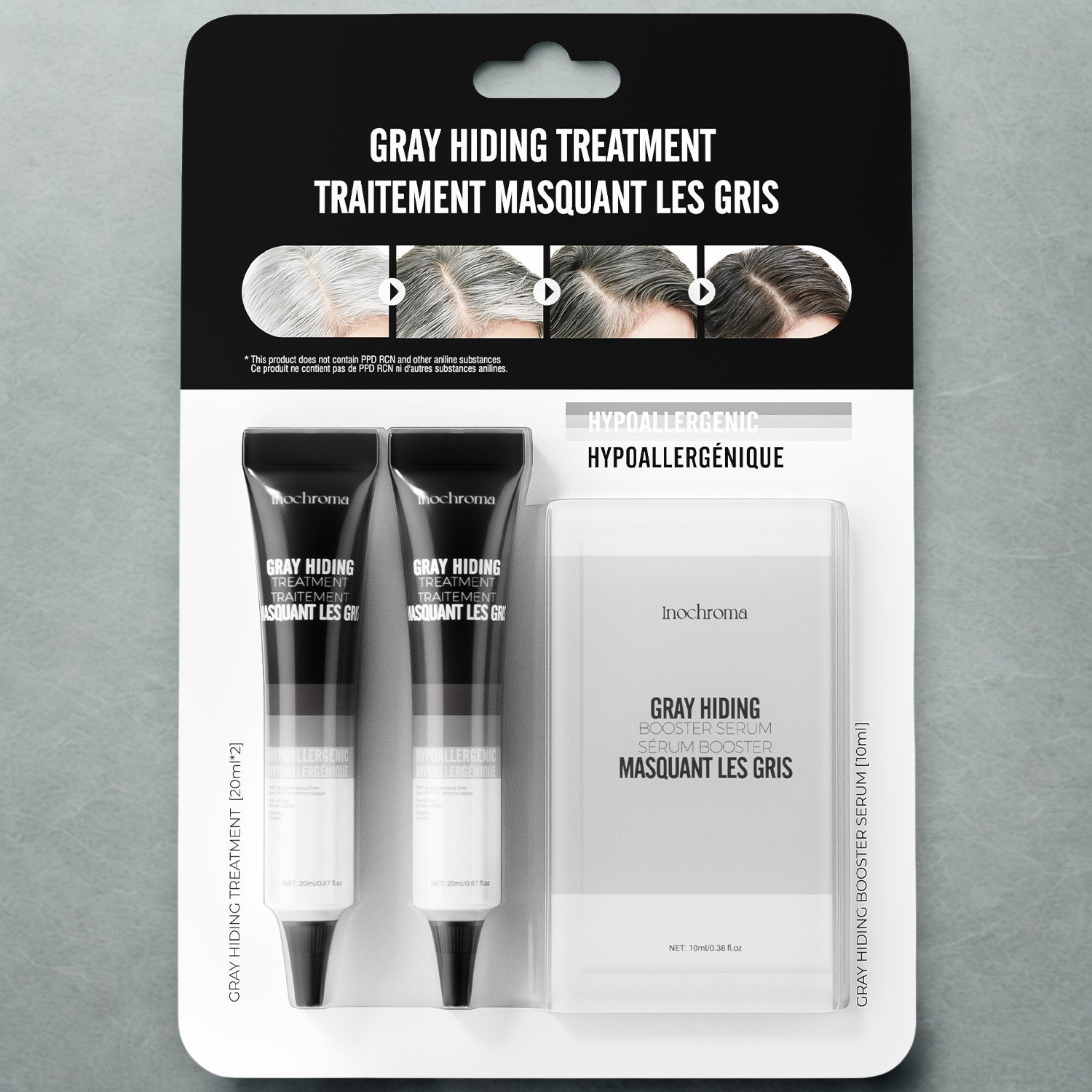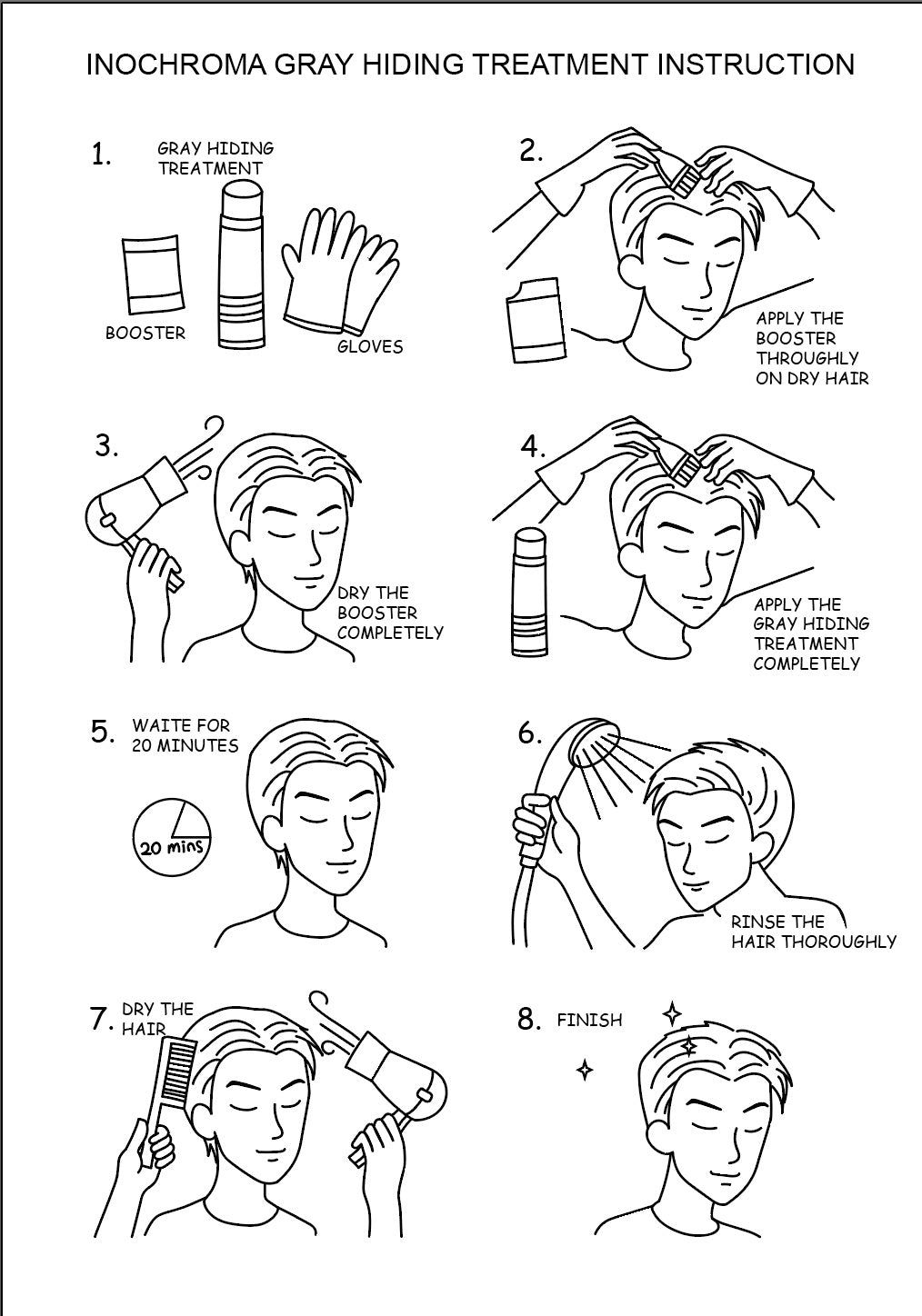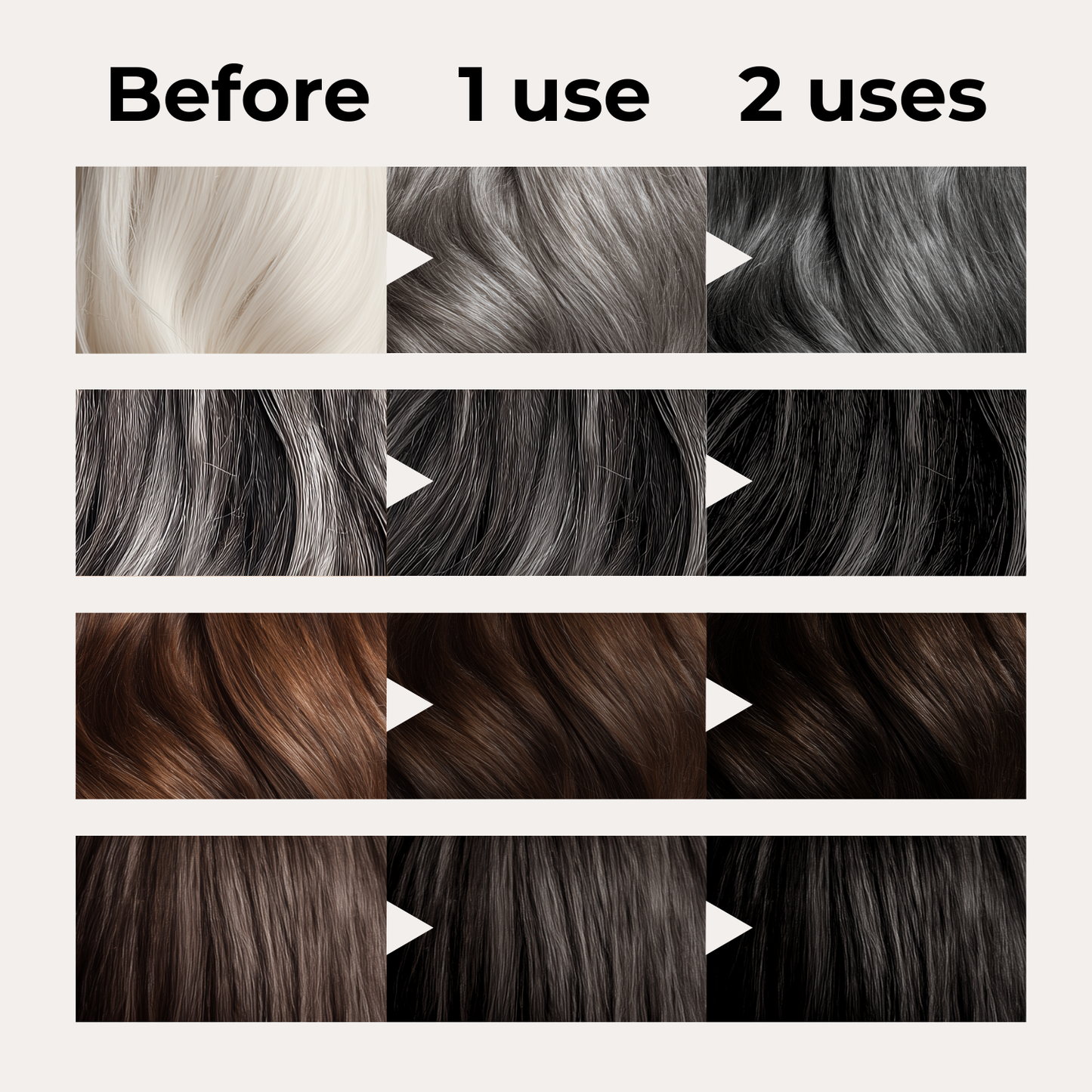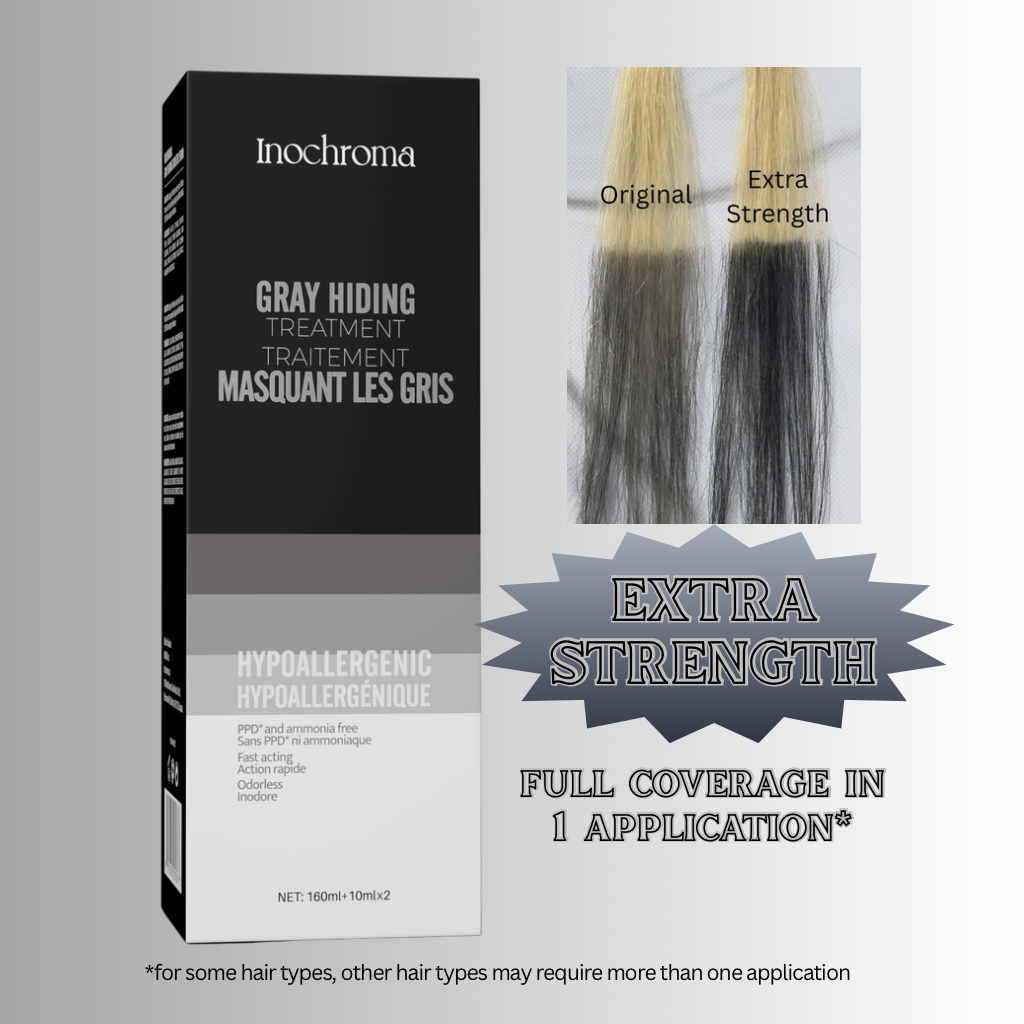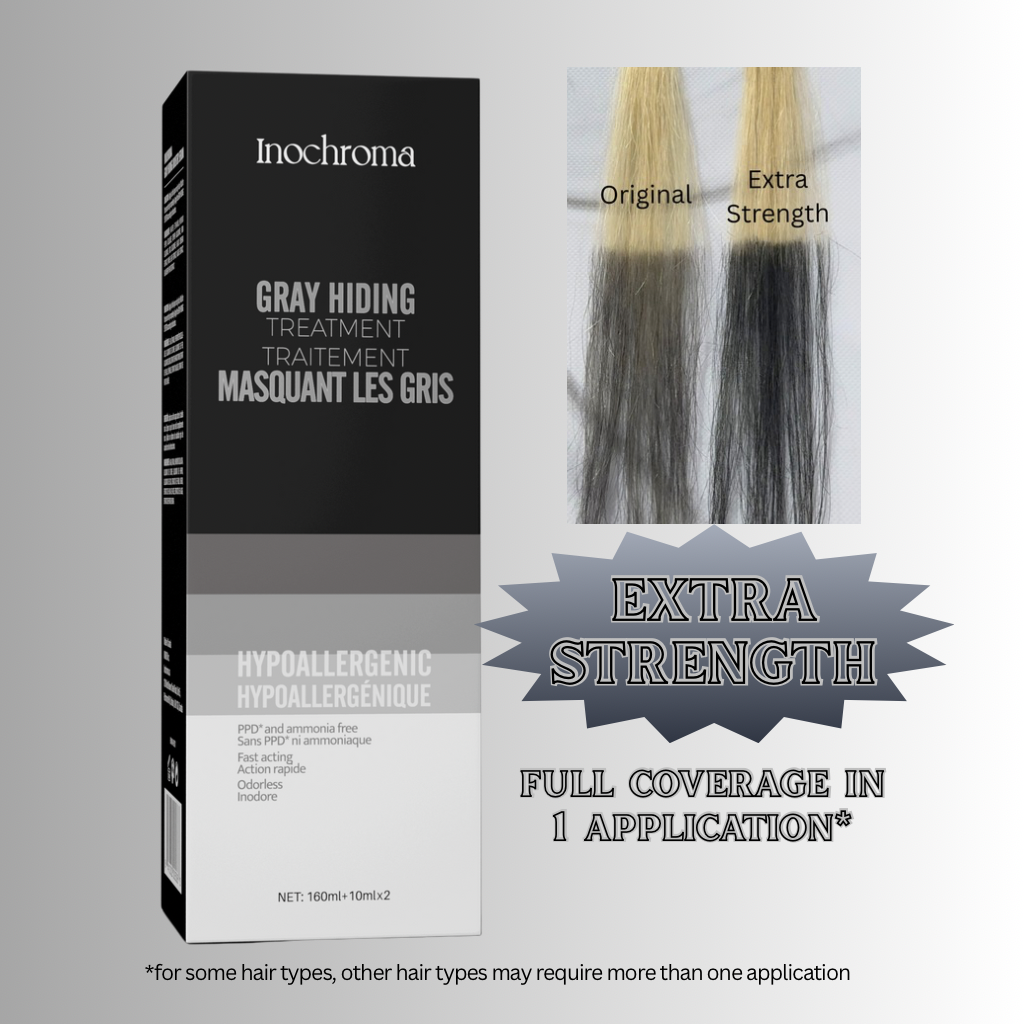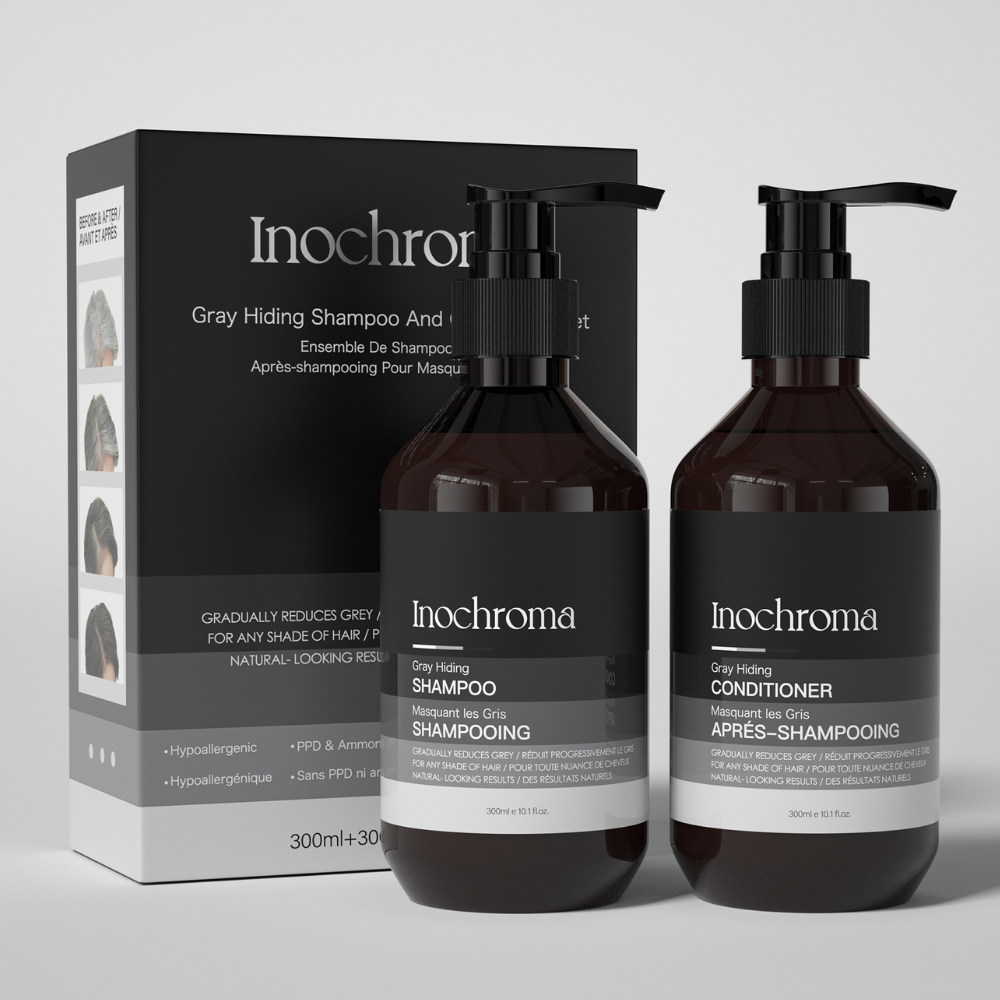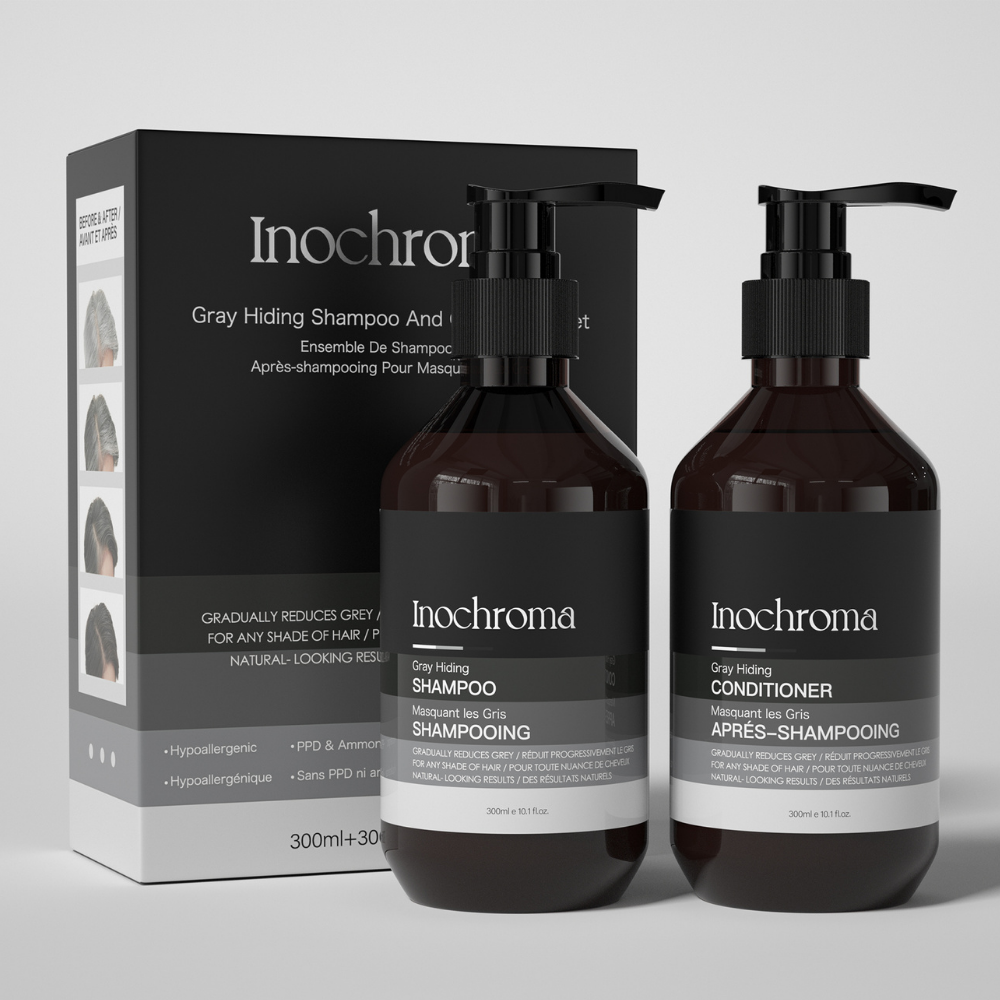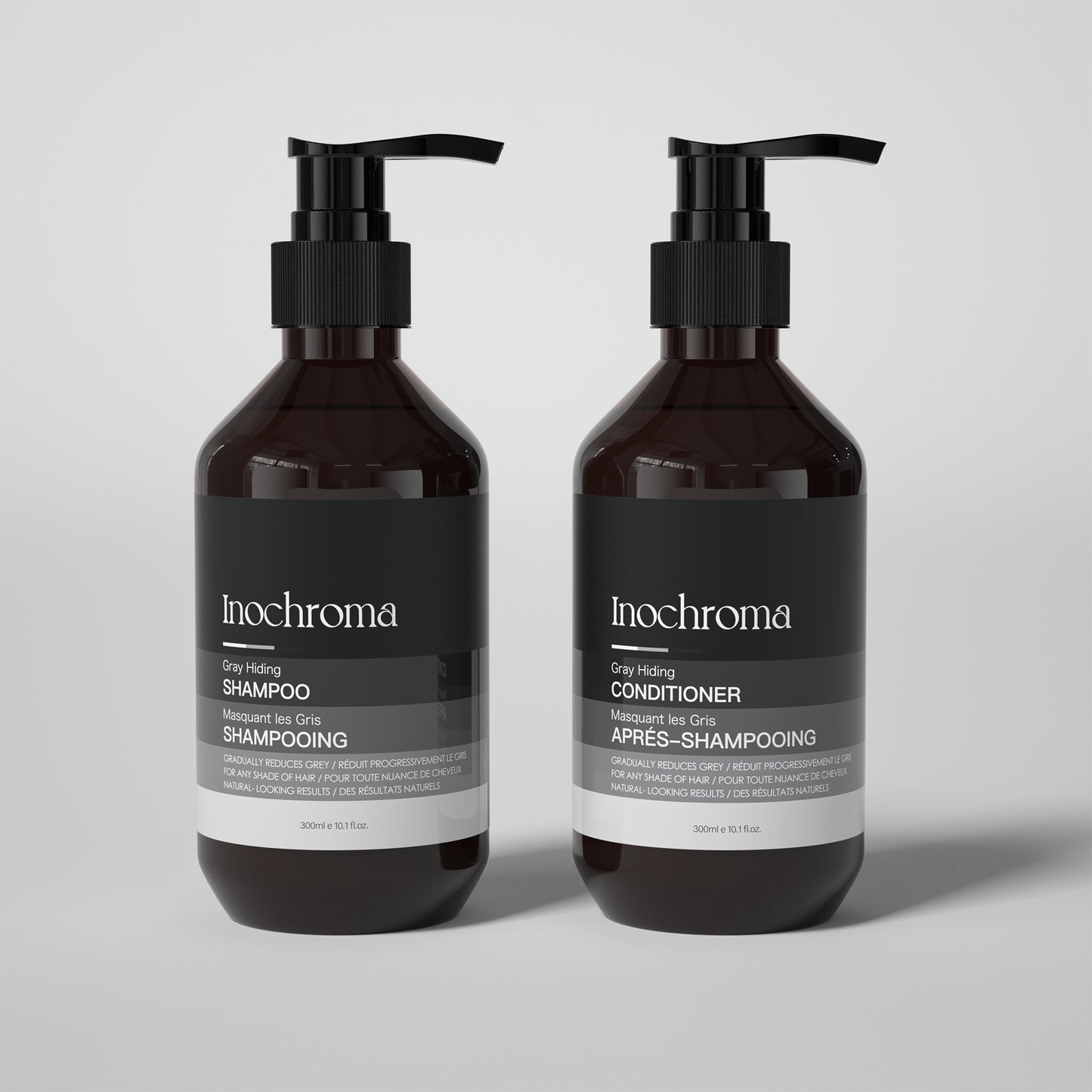Ammonia-Free vs PPD-Free vs Fragrance-Free: What Each Label Means (and When to Use It)
Labels can be confusing. This guide explains the difference between ammonia-free hair dye, PPD-free hair dye, and fragrance-free formulas so people with a sensitive scalp can choose more confidently. Always perform a 24-hour patch test before coloring.
Ammonia-free: what it does (and doesn’t)
- Role: Ammonia opens the cuticle for permanent color. Going ammonia-free uses milder alkalizers for lower odor and a gentler feel.
- Best for: Users who dislike odor or tightness on the scalp; fans of deposit-only or no-mix routines.
- Trade-offs: Less cuticle swelling means a softer shift, not heavy lift.
PPD-free: who benefits?
- Role: PPD (p-phenylenediamine) is a common permanent dye base and a frequent sensitizer.
- PPD-free hair color reduces this trigger; some brands use alternatives (e.g., PTD derivatives) or deposit-only systems.
- Best for: People with prior reactions or who want a grey blending approach instead of full coverage.
Fragrance-free / low-odor: why it matters
- Role: Fragrance can irritate reactive skin even when a product is PPD-free and ammonia-free.
- Best for: Allergy-prone or migraine-sensitive users; anyone who prefers very low scent.
How to choose (quick flow)
- Need the most comfort? Start with PPD-free, ammonia-free, low-odor and run a patch test.
- Prefer natural dimension? Pick deposit-only no-mix hair dye for grey blending.
- Need uniform roots? Ask a colorist about low-sensitizing permanent options and keep patch-testing.
A gentle starter option
Inochroma Grey Hiding Treatment is a PPD-free, ammonia-free, no-mix cream for natural-looking grey blending. It targets only visible greys and fades softly with washing.
Read next: Patch-Test & Strand-Test Guide · Discovery

